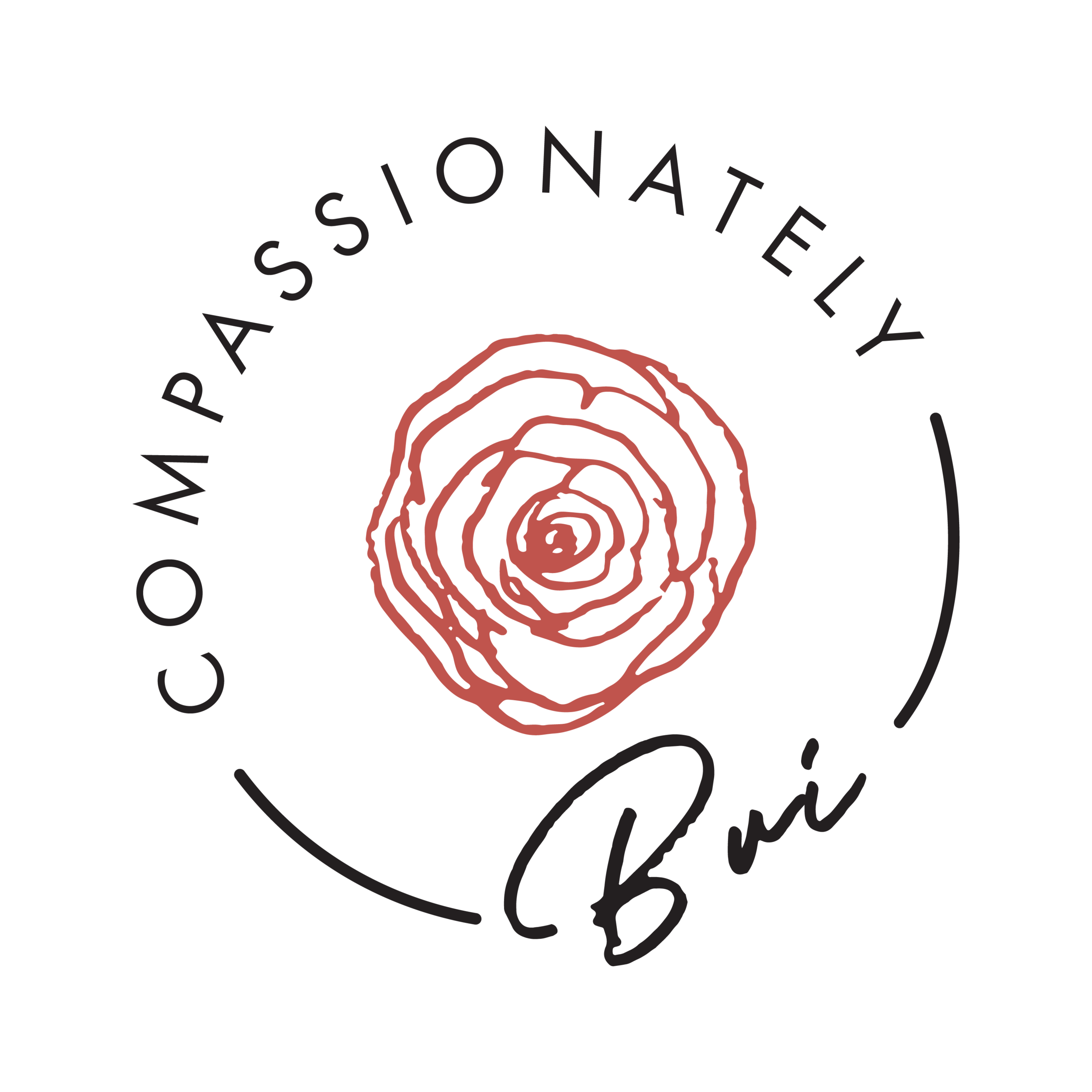The Differences between Yin and Vinyasa Yoga (plus the benefits to both!)
Yin Yoga and Vinyasa Yoga are two different styles of yoga with distinct approaches and benefits. Here's a brief overview of the differences between the two and why both are beneficial.
Philosophy and Approach:
Yin Yoga: Yin Yoga is a slow-paced and passive style of yoga that focuses on holding poses for an extended period, typically ranging from 3 to 5 minutes or even longer. The primary goal of Yin Yoga is to apply gentle stress to the connective tissues (ligaments, tendons, fascia) to improve flexibility and joint health. It is more meditative and introspective, aiming to create a deep sense of relaxation and release tension in the body.
Vinyasa Yoga: Vinyasa Yoga, on the other hand, is a more dynamic and flowing style of yoga that synchronizes movement with breath. In a Vinyasa class, practitioners move through a series of poses, transitioning smoothly from one to the next, often guided by the instructor's cues. The focus is on building strength, improving balance, and increasing flexibility while linking breath and movement in a continuous flow.
Pace and Intensity:
Yin Yoga: Yin Yoga is generally slow-paced, with longer holds in each pose, allowing the muscles to relax and encouraging a deeper stretch. It is considered a gentle practice suitable for all levels, including beginners.
Vinyasa Yoga: Vinyasa Yoga tends to be more physically demanding due to the continuous movement and faster pace. It requires a certain level of strength and stamina, making it more suitable for those with some yoga experience or those looking for a more challenging practice.
Poses and Sequencing:
Yin Yoga: In Yin Yoga, the focus is on a limited number of seated or lying down poses, which are held for an extended period. These poses target specific areas like hips, lower back, and shoulders.
Vinyasa Yoga: Vinyasa Yoga offers a wide variety of poses, including standing, seated, balancing, and inverted postures. The sequencing and poses can vary significantly from class to class and instructor to instructor.
Benefits:
Yin Yoga: Yin Yoga primarily targets the connective tissues, which can lead to increased flexibility, joint mobility, and improved circulation. It also helps to calm the mind, reduce stress, and enhance mindfulness.
Vinyasa Yoga: Vinyasa Yoga improves cardiovascular health, builds strength, increases flexibility, and promotes better body awareness. It can also be an effective way to reduce stress and improve mental focus.
Suitability:
Yin Yoga: Yin Yoga is suitable for almost everyone, including beginners, and can be particularly beneficial for people with stiff joints, athletes looking for recovery, or individuals seeking a more meditative practice.
Vinyasa Yoga: Vinyasa Yoga is generally suitable for people who enjoy more movement and prefer a physically engaging practice. Beginners can start with gentler Vinyasa classes or Hatha Yoga before transitioning to more vigorous Vinyasa flows.
Whether you choose to practice yin yoga or vinyasa yoga, both styles offer unique benefits and can complement each other in a well-rounded yoga practice. Check in with your body that day to see what it needs more that particular day. If you aren’t sure, feel free to reach out to me at nurtureyogastudio@gmail.com
